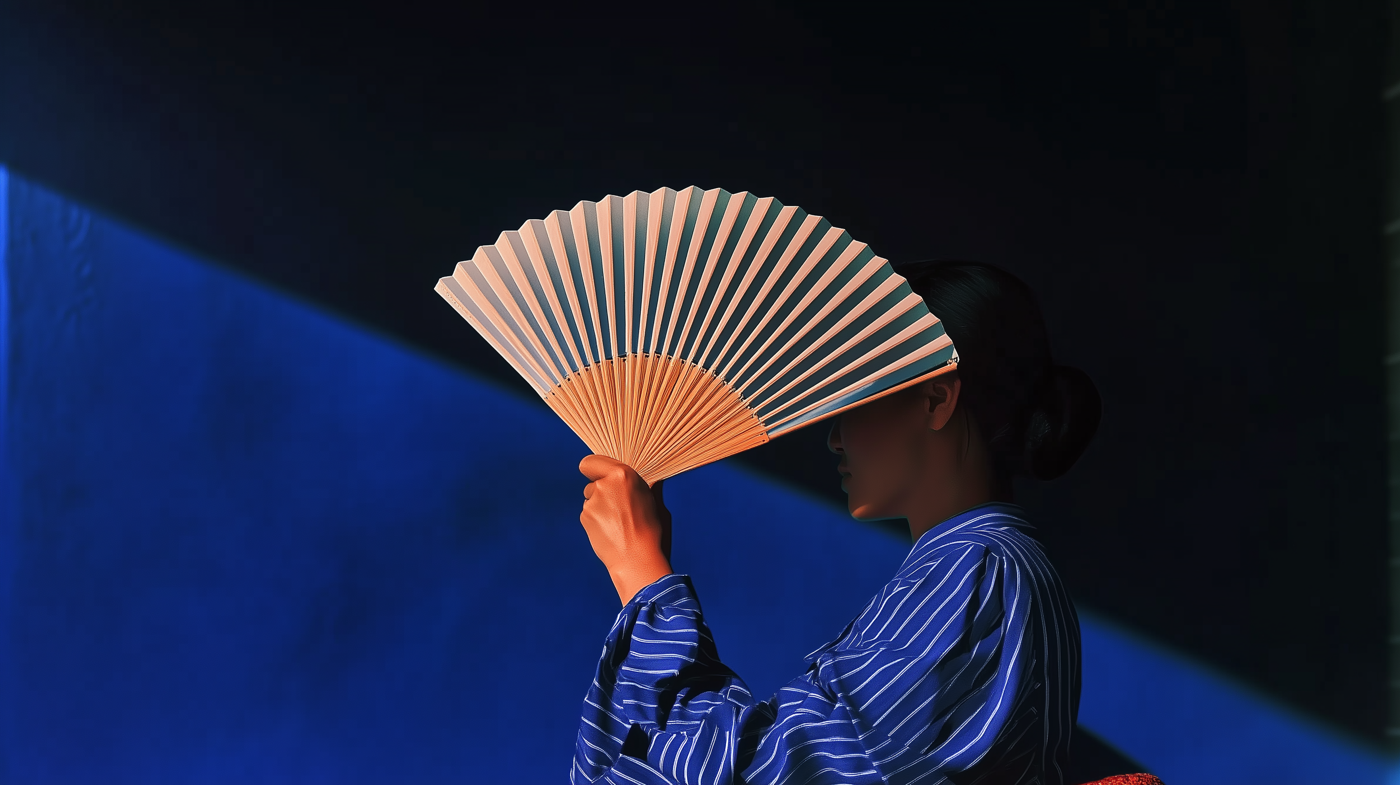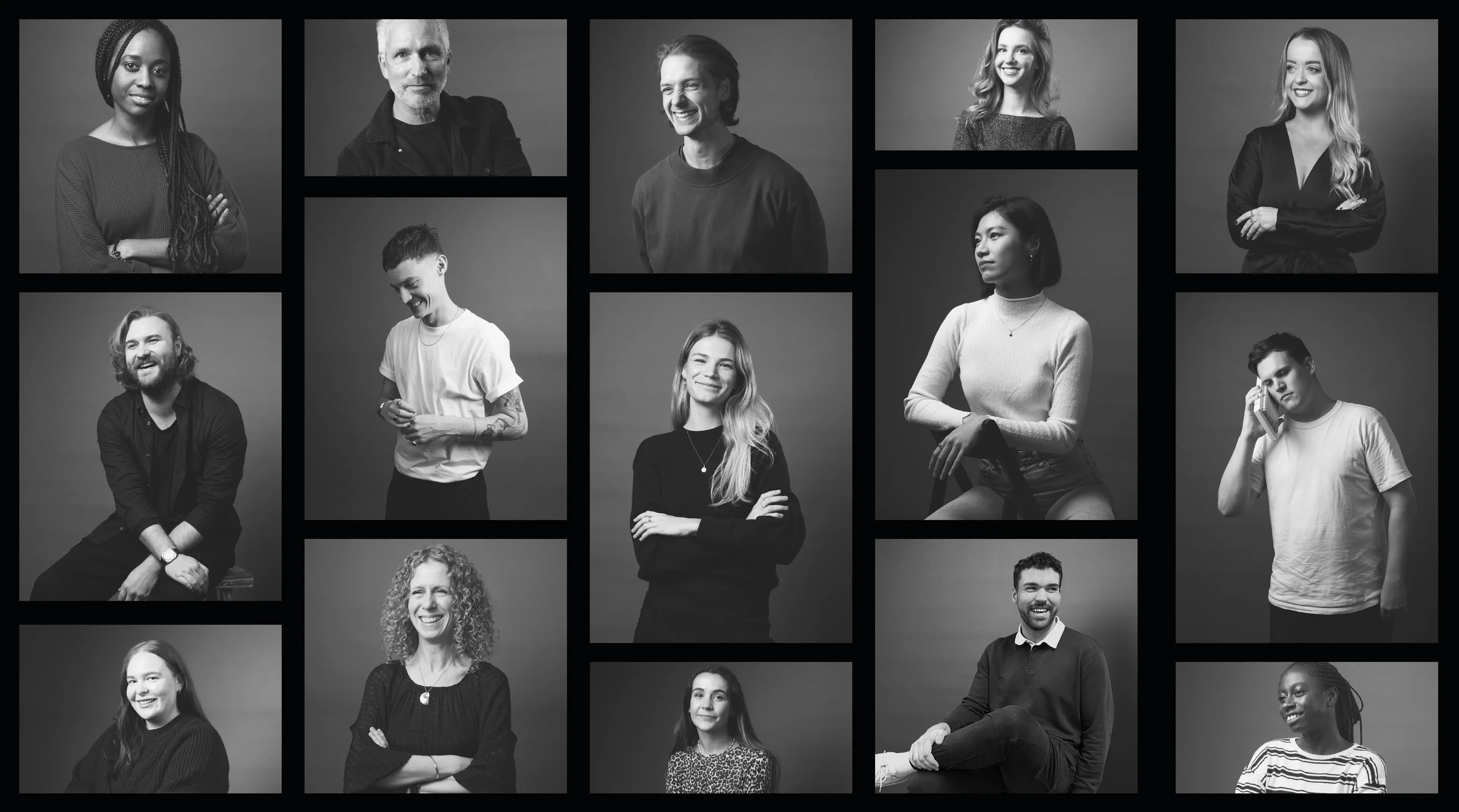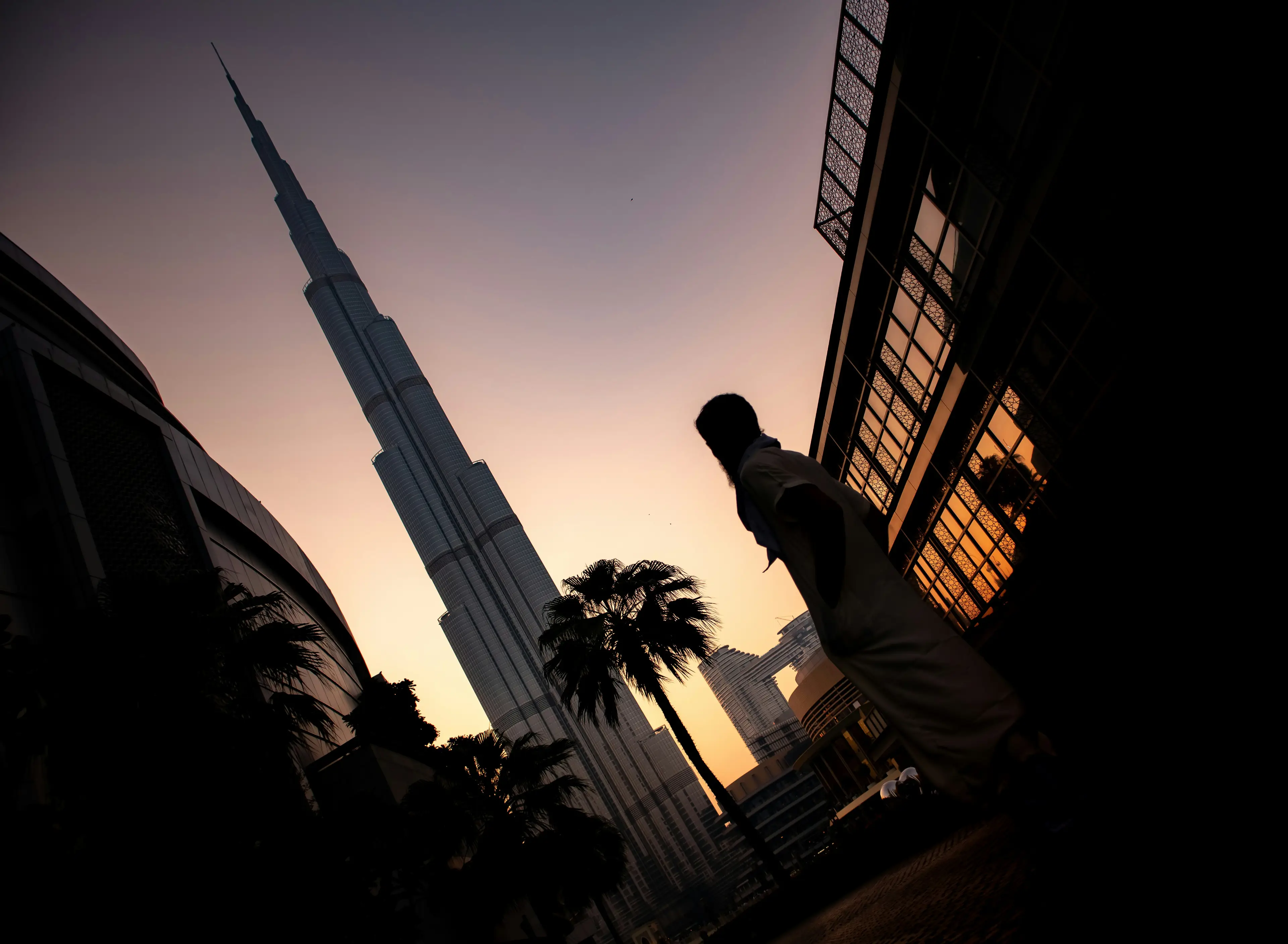
Luxury Commentary
1 May 2024
8 Min Read
Changing Codes of Luxury in The GCC
Having recently been in both Riyadh and Dubai for various summits and client workshops, we felt it was time to revisit this piece on what luxury looks like in the Middle East, specifically the GCC thanks to its nations’ rapid growth.
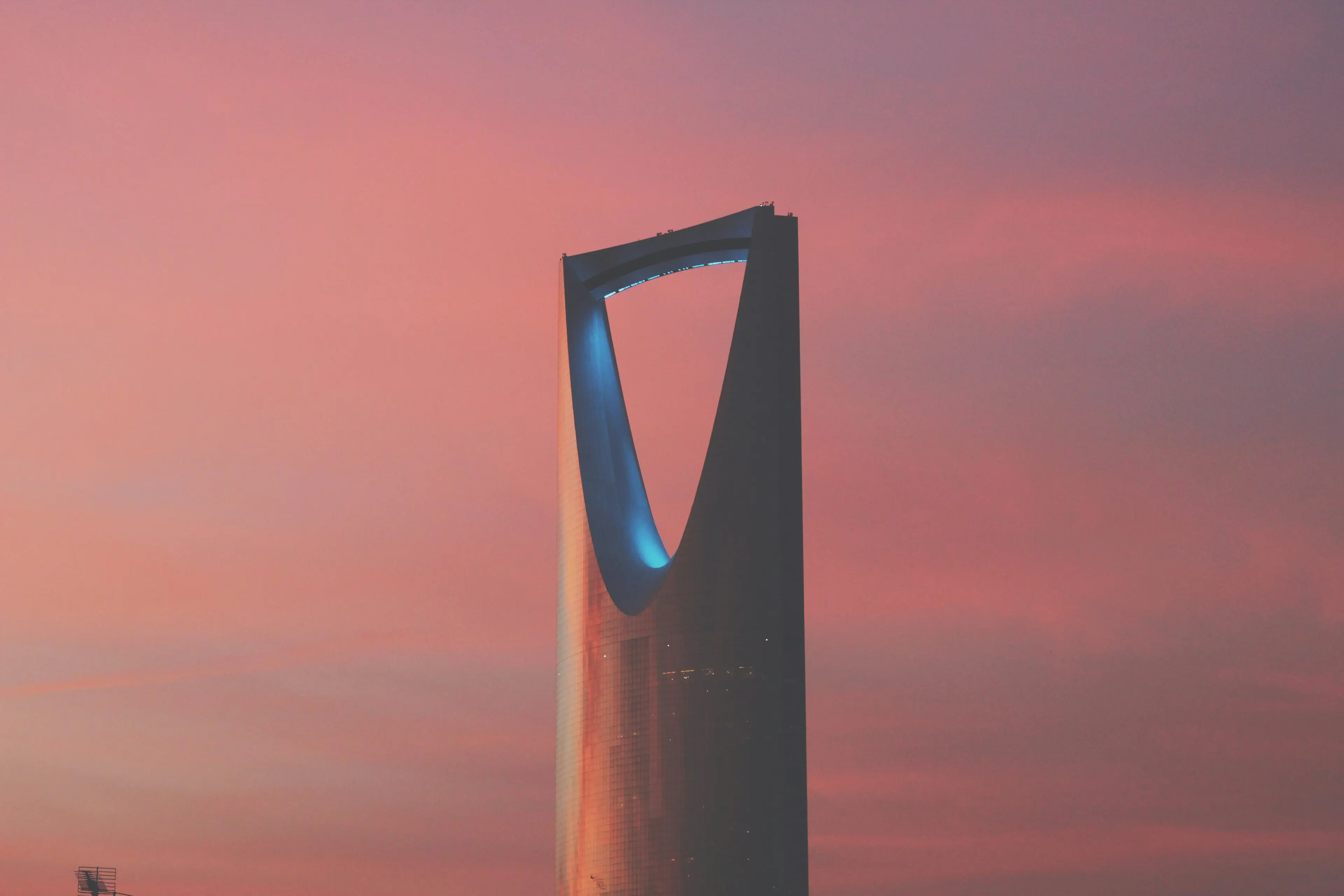
“Consumers from the region are now looking for international brands to connect with local culture, which means thinking like a local, but behaving like a global player. ”


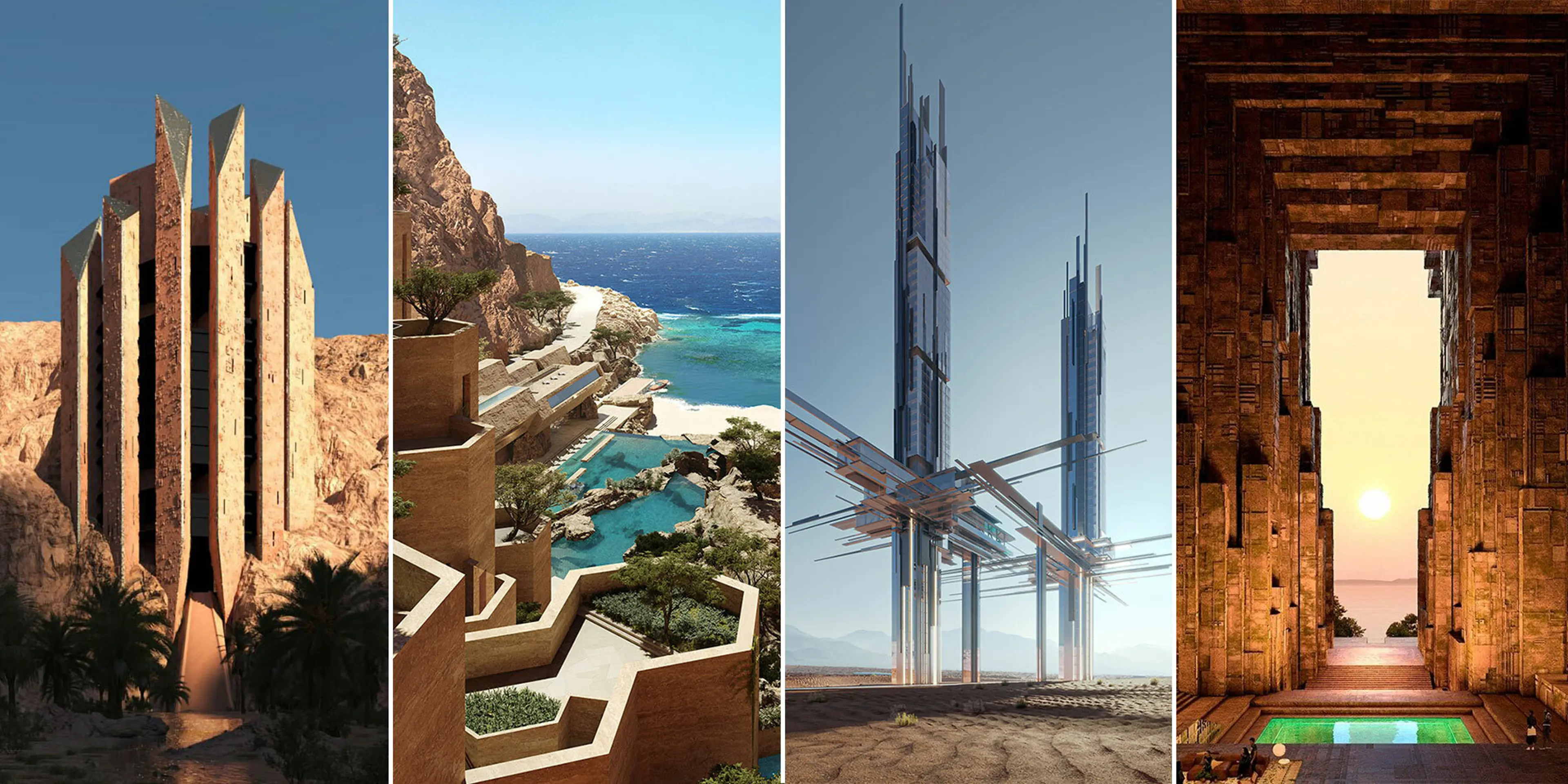
“When we ask them why they shop abroad, the number one reason is better prices. Pricing in the Middle East is 15 to 30% higher than in Europe. [Secondly] is the lack of VIP service. – Generally speaking, in the Middle East, the customers really like to be pampered.”
A Whole New Standard: Strategies for Brands in The GCC
Increasingly socially liberated, the Persian Gulf isn’t simply raising the standard of luxury; its nations are forging an entirely new one. More blank canvas than set benchmarks, they’re rightly asking international brands to meet them where they are from now on. Europe’s historic monopoly on traditional luxury will wane as the majority age climbs while the GCC offers a heady mix of tradition and transformation. The region is rapidly becoming the place of possibility – a landscape primed for revolutionary creation, where ideas scoffed at by the rest of the world are realised. For brands brave enough to face these affluent consumers who are at once incredibly savvy, internationally informed, experimental and enterprising; a few things to remember:
01
You Can’t Import Relevance To win in the GCC, luxury brands will need to find the sweet spot between authentic depictions of local and global aspiration, leveraging mediums like concept stores, virtual spaces and tailored campaigns to change the narrative. Cut the copy and paste.
02
If You’re Not At The Cutting-Edge, Your Presence Is Dulled Innovation is the be-all-end-all at the moment in the GCC. Brands unwilling to engage, elevate or even acknowledge will fade fast. Decision-makers must find a space where it makes sense for their brand to be a pioneer, then position themselves accordingly.
03
Every Interaction Counts Pampering doesn’t have to mean preening over potential buyers, it’s fundamentally about a brand’s clientele feeling an element of care throughout their relationship with that brand. Whether these moments are micro (clever pieces of copy hidden in unexpected places) or macro (a membership app), as long as the service is true to both consumer and brand, loyalty (and profit) is bound to flourish.
Luxury Commentary
Related News & Views

